Mobilising financial resources and investment is fundamental to supporting the transition to a circular economy. Initiatives should include incentives for sustainable construction practices, mechanisms for financing circular projects, and financial frameworks aligned with circular economy objectives.

Readiness Goal 3: Provide financial support to encourage sustainable practices and material use.
Indicator 3.1.1: Clearly define which circular activities (e.g. use of recycled materials, modular design) qualify for these loans, bonds, or credits. Require recipients to demonstrate reductions in waste, emissions, or virgin resource usage over a defined period.
Indicator 3.1.2: Expand issuance of sustainability-linked loans or green bonds for circular economy projects.
Indicator 3.1.3: Increase availability of tax credits or subsidies for low-carbon and recycled materials.
Indicator 3.1.4: Develop financial incentives supporting waste reduction and resource optimisation.

Readiness Goal 3.2: Set and adhere to embodied carbon limits in construction projects.
Indicator 3.2.1: Ensure projects establish and adhere to embodied carbon budgets, integrating reuse and adaptive reuse strategies to reduce new material inputs and lower overall carbon footprints.
Indicator 3.2.2: Encourage the use of Life Cycle Assessment (LCA) tools, combined with standardised reporting frameworks (in Goal 4: Data) to verify compliance.
Indicator 3.2.3: Achieve measurable reductions in embodied carbon compared to baselines.
Indicator 3.2.4: Standardise carbon budgeting practices across major projects.

Readiness Goal 3.3: Invest in development and adoption of sustainable materials and technologies.
Indicator 3.3.1: Increase investment in the research and development of sustainable materials and technologies.
Indicator 3.3.2: Expand financial products supporting sustainable material production and use.
Indicator 3.3.3: Encourage market growth for sustainable materials through investment and procurement.